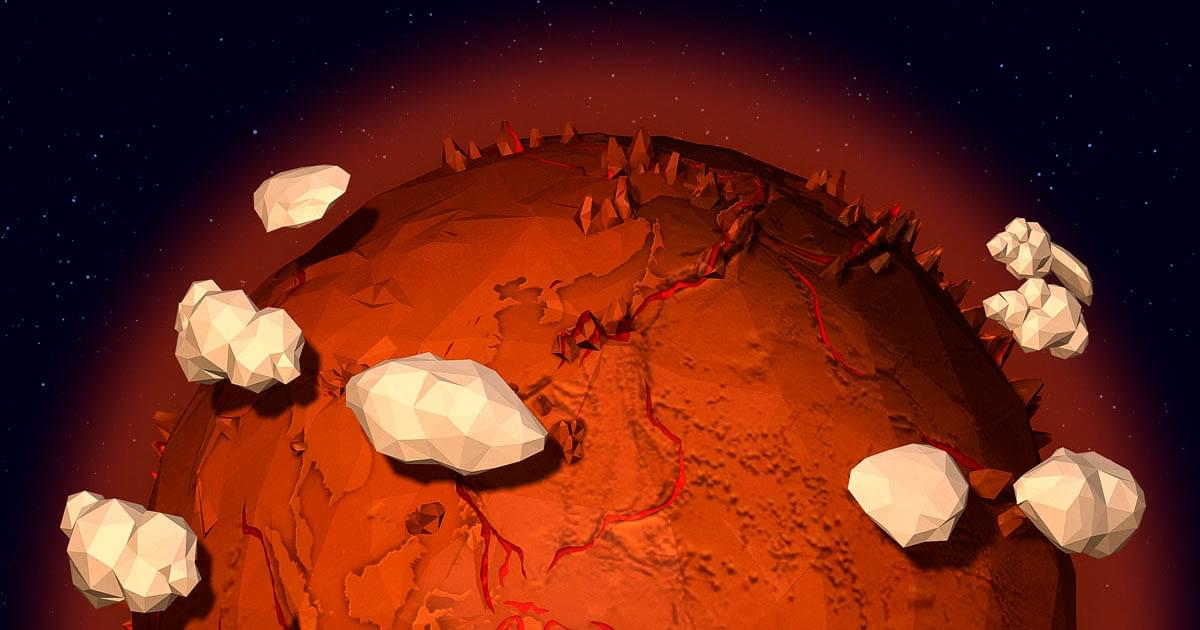Combination therapy with Rapamycin and Trametinib significantly extends mice lifespan and enhances health in old age.


Tesla’s new energy products, such as the Mega Pack and Megablock, have the potential to revolutionize energy storage and generation, drive decentralization and grid resilience, and support widespread AI adoption, potentially driving its energy business to $50 billion in revenue and generating $10 billion in annual gross margin ## Questions to inspire discussion.
Energy Storage and Grid Management.
🔋 Q: How does Tesla’s Mega Pack improve energy storage? A: Tesla’s Mega Pack offers 20% more energy density and 25% more energy per unit, providing 8 hours of storage to expand the total addressable market for renewable energy.
⚡ Q: What is the Mega Block and how does it enhance efficiency? A: The Mega Block is a transformer and switchgear all-in-one unit that simplifies processes, reduces cabling and on-site assembly, making the product more streamlined and efficient.
🔌 Q: How do battery storage systems compare to traditional grid power? A: Battery storage is significantly more capable at dumping power instantly compared to the grid, which needs to spool up and down, making it better for managing wild swings in data center load profiles.
Data centers and AI energy demands.





Scientists at Feinberg are reshaping scientific understanding of the cell’s tiniest components—structures once thought to be static, now revealed to be dynamic engines of cellular life. As they probe the inner workings of cells, they are not only expanding understanding of cellular processes but also paving the way for novel therapies and diagnostics.
Recent research led by Vladimir Gelfand, Ph.D., the Leslie B. Arey Professor of Cell, Molecular, and Anatomical Sciences, and Sergey Troyanovsky, Ph.D., professor of Dermatology, and of Cell and Developmental Biology, has illuminated new roles for cytoskeletal filaments and intercellular junctions, while a separate study by Brian Mitchell, Ph.D., associate professor of Cell and Developmental Biology, has identified a novel mechanism that protects epithelial cells from damage.


A lack of soap is the most often reported barrier to effective hand hygiene—key to curbing the spread of infection—in shared community spaces, such as households, schools, and public places, finds a systematic review of the available research, published in the open access journal BMJ Global Health.
It found that the barriers most often reported concerned physical opportunity, such as the availability of soap, and lack of motivation— hand hygiene not prioritized, or not habitual practice, for example. On the other hand, the enablers most often reported being aligned with motivation in the form of habitual practice and perceived health risk.
A further systematic review found that most of the reported efforts to improve handwashing didn’t always address identified barriers or enablers to ensure behavioral sustainability, nor did they fully consider the fundamental resources needed for hand hygiene, such as soap, water, and handwashing facilities.
